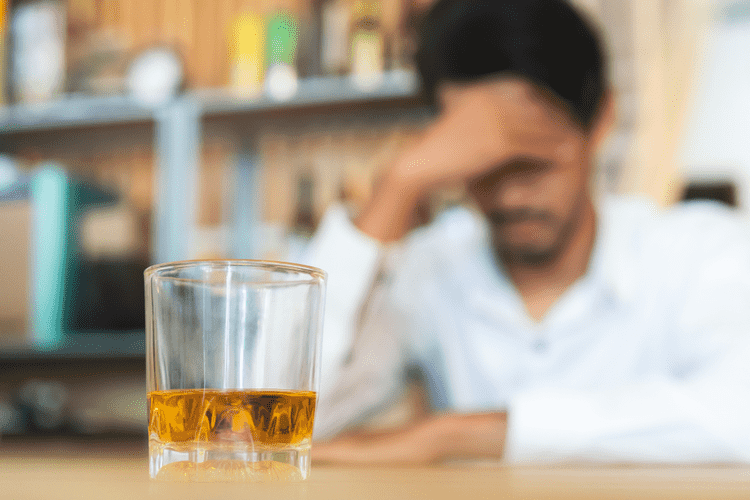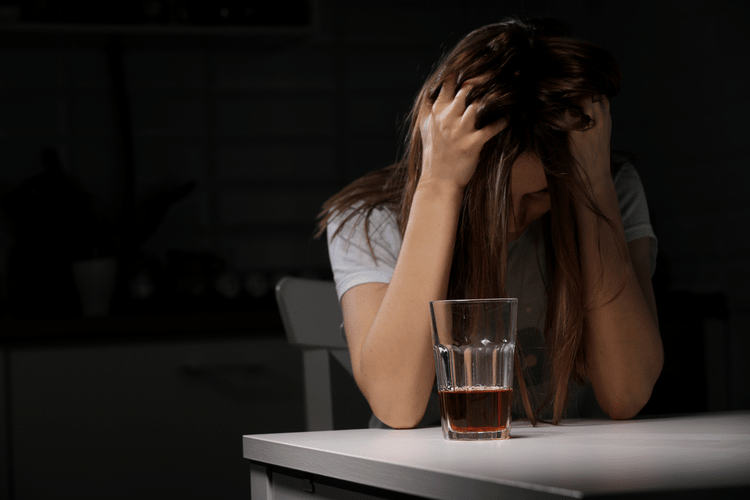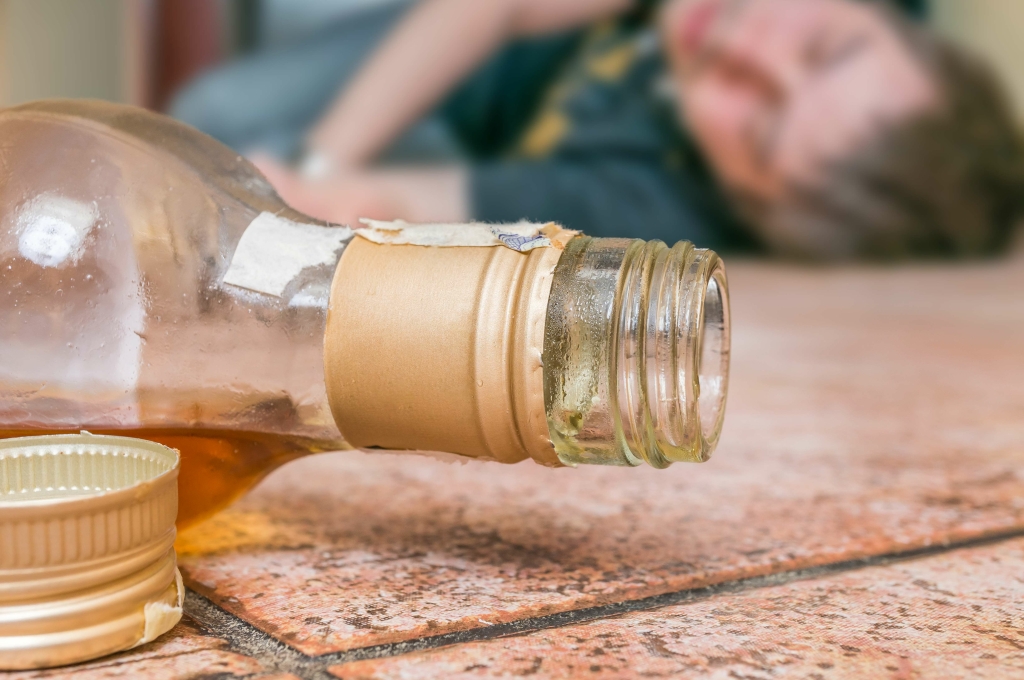Because addiction can affect so many aspects of a person’s life, treatment should address the needs of the whole person to be successful. Counselors may select from a menu of services that meet the specific medical, mental, social, occupational, family, and legal needs of their patients to help in their recovery. The chronic nature of addiction means that for some people relapse, or a return to drug use after an attempt to stop, can be part of the process, but newer treatments are designed to help with relapse prevention. Relapse rates for drug use are similar to rates for other chronic medical illnesses.
Relapse Risk Factors
My uncle is an alcoholic, with a co-occurring bipolar disorder diagnosis, whose drink of choice was a 12-pack. Hallucinogens, which have a different clinical profile than other commonly misused substances, required fewer quit attempts. Researchers also found that tranquilizers had a substantially higher number of quit attempts than hallucinogens. In addition to getting professional treatment, avoiding your triggers, finding social support, caring for yourself, and managing stress can help prevent future relapse. Individuals and treatment programs that take this view are more successful, and in the long run, those who accept and work to try again after a relapse are more likely to overcome their addiction eventually.
The Importance of Multiple Attempts
Individuals may face intense cravings, mood swings, or grief as they process life without substances. Relapse triggers like stress, relationships, or loneliness are common, which is why therapy, structure, and support groups are so crucial. At Recovery at the Crossroads, we help clients build healthy routines and coping strategies tailored to their lives. By understanding relapse rates, a person in recovery can see that they are not alone.

Moreover, compared to individuals who remitted with help, individuals who remitted without help had fewer problems or more resources on each of these indices. While some people may be able to achieve sobriety quickly and maintain it long-term, others may experience multiple periods of recovery and relapse throughout their lives. The average number of times addicts relapse before quitting successfully varies depending on the type of addiction. According to the National Institute on Drug Abuse, an estimated 40-60% of individuals relapse within the first year of recovery from alcohol or drug addiction. Statistics show that relapse is common, but the number of times an addict relapses can vary greatly depending on individual factors, the type of addiction, and the availability of support.
Alcohol relapse statistics
The substances that required the most quit attempts also tended to be the ones with higher levels of physical dependency and more withdrawal symptoms. Alcohol addictionexperts have long been aware thatstress increases the riskof alcohol relapse. One of the reasons for this is that stress can increase the risk of low mood and anxiety, which in turn arelinkedto alcohol cravings. Even after being sober for years, the potential for an alcohol relapse is always possible. However, just because a relapse occurs doesn’t mean someone has failed recovery.
- Short-term remission rates for treated individuals with alcohol use disorders vary between 20 and 50%, depending on the severity of the disorder.
- Of course, there are many people with 10, 20, 30, or even 40 years of abstinence.
- When someone in recovery is exposed to these triggers, they may start to feel an urge to drink.
- For people trying to control their behavior rather than trying to quit entirely, a relapse happens when the individual has gained control over the behavior for a period of time but is re-experiencing a period of uncontrolled behavior.
Tips for Family and Friends: What To Do When an Alcoholic Relapses
Monitoring and support systems are vital components of relapse how many relapses before sobriety prevention. These systems provide ongoing accountability and support to individuals in recovery. Regular check-ins, access to support networks, and accountability measures can help individuals stay on track and address any potential triggers or challenges that may arise during their recovery journey.

Whether you’re dealing with relapse during recovery, questioning if you’ve relapsed in AA, or wondering “how many relapses before sobriety sticks? One part of you wants to stay sober, while another part fantasizes about using again. Worksheets and journaling exercises (like those found in an emotional relapse worksheet) can be powerful tools in identifying triggers. Explore how to get sober from alcohol without rehab by using a holistic approach to recovery, focusing on mind, body, and spirit. Medication-assisted treatment options like naltrexone or acamprosate have been shown to increase the chances of long-term recovery by up to 25%.
- By reaching out for help, individuals can access the support and resources necessary to navigate the journey towards recovery.
- Whether it’s through family, friends, or peer support groups, having people who understand the recovery process and offer encouragement can make all the difference.
- During the maintenance stage, the individual is working hard to prevent addiction recovery relapse.
- Millions of people worldwide are fighting to keep their sobriety from slipping away.
- It is important to remember that recovery is a continuous journey that requires commitment, resilience, and a willingness to learn from setbacks.
We utilize an accessibility interface that allows persons with specificdisabilities to adjust the website’s UI (user interface) and design it to their personal needs. Family members with loved ones who suffer from addiction should be aware of behavioral shifts that seem out of the ordinary as indicators of a potential relapse. So while, on the outside, it may have looked like my uncle just suddenly started drinking, it was actually a result of outside pressures, and an internal dialogue he was having with himself about some of his life situations. It probably had its start with a stressful situation–the loss of a job, having to move, an inability to find new work–the list is endless. If you or someone you know experiences a relapse, there are things that you can do to cope and get help. The American Society of Addiction Medicine (ASAM) defines relapse as the recurrence of behavioral or other substantive indicators of active disease after a period of remission.

What factors contribute to addiction relapse?
Patients need to identify specific responses (thoughts as well as behaviors) to each of these high-risk situations. For example, ask patients exactly what they are going to say and do when asked at parties what they want to drink. Once patients have made the list, they should practice responses to Sober living house their high-risk situations. A lapse is similar to a slip but may involve a more prolonged period of alcohol use. It is characterized by a temporary return to drinking but with a relatively quick recognition of the problem and a renewed commitment to recovery.
However, research indicates that successful long-term recovery from alcohol addiction can be achieved by around 30% to 50% of individuals who receive treatment. It is vital for those with both a mental health disorder and AUD to receive integrated treatment that addresses both conditions. Managing mental health alongside addiction recovery can significantly reduce the risk of relapse.